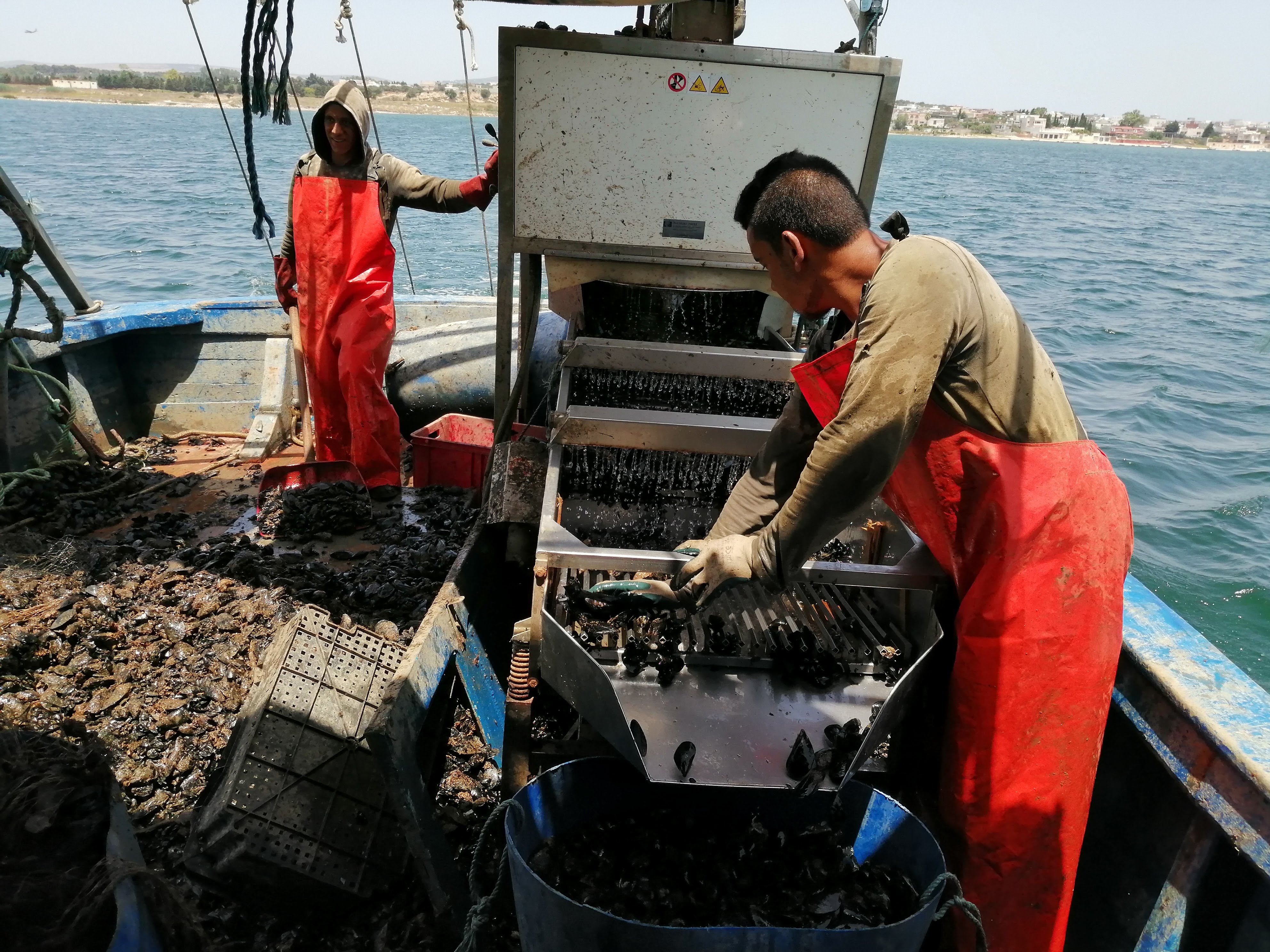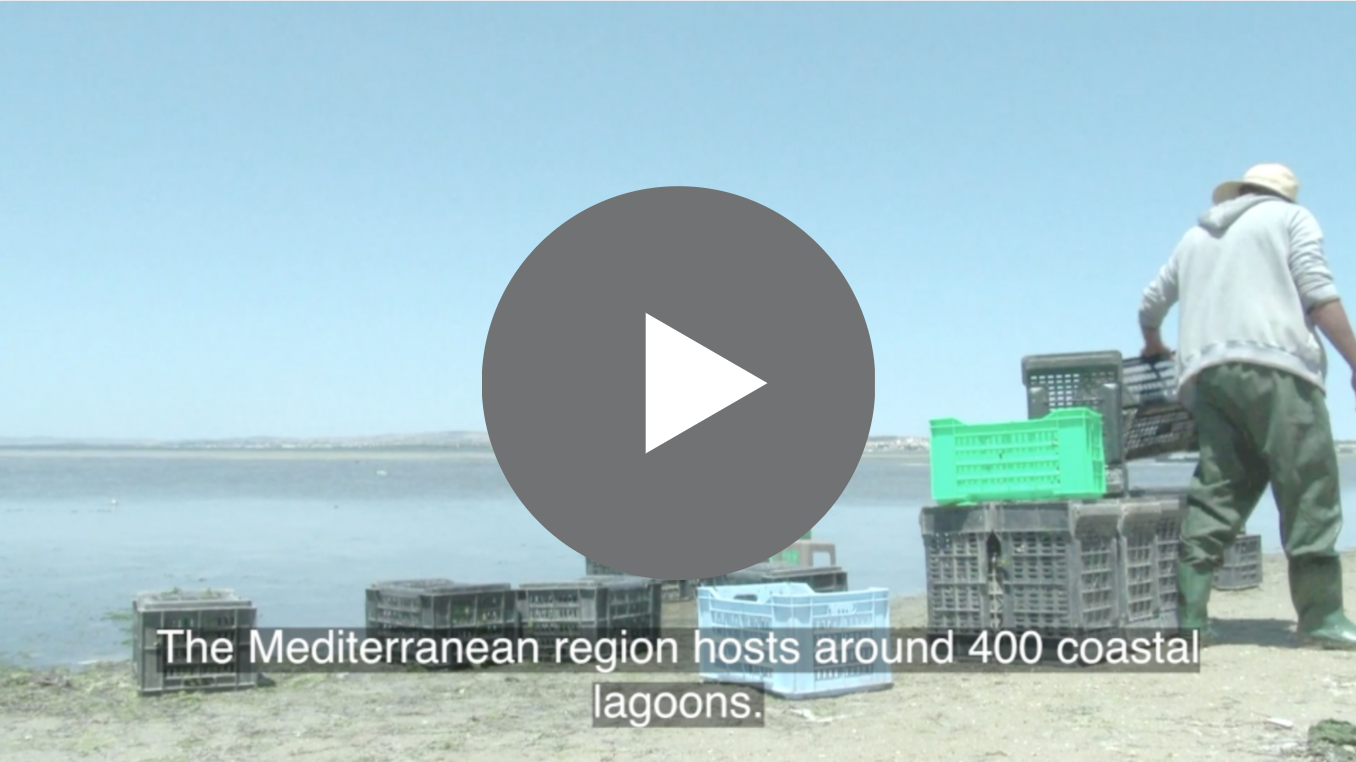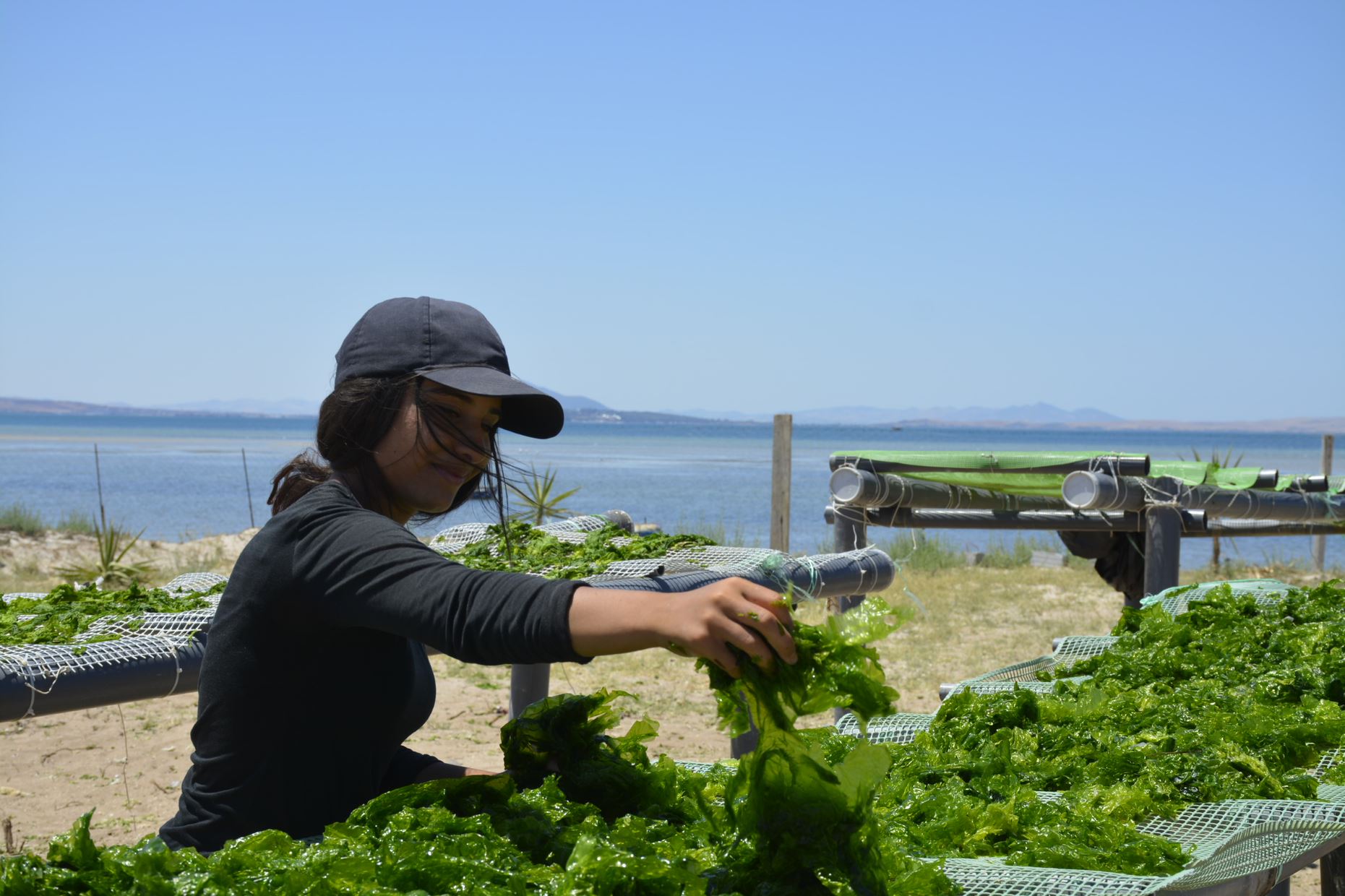Bizerte Lagoon: ensuring the future of a unique ecosystem and its people

Lagoons are an integral part of the coastal landscape. The Mediterranean region hosts around 400 coastal lagoons, covering a surface of over 641 000 ha differing in both their typology and use. Fisheries and various forms of aquaculture have been traditionally carried out in Mediterranean coastal lagoons since ancient times and are part of the cultural heritage of the region. The rich fish assemblage found in these areas has always represented a source of income and livelihood for human settlements throughout the Mediterranean basin. Traditional lagoon management linked to extensive aquaculture and fish harvesting has certainly contributed over time to preserve these unique ecosystems, although much of the coastal lagoon areas have progressively disappeared due to land reclamation and other uses.
Recently, coastal lagoons have become a relevant environmental concern: land claiming, pollution, increasing conflicts among users and the lack of management, among other factors, have strongly modified both the structure and functioning of these sensitive coastal ecosystems. In particular, the management of traditional aquaculture and capture fishery activities has been identified as the main instrument to maintain lagoons’ ecological features and to prevent the degradation of their sensitive habitats, both from an environmental and socio-economic point of view.
To guarantee the sustainability of aquaculture and capture fisheries in lagoons, proper management plans should be developed and implemented so as to ensure the preservation of both biodiversity and traditional ecological knowledge. This should also be considered as a fundamental pillar for any programme aiming at the preservation and restoration of lagoons’ environment[1].
In light of the clear gaps and needs in coastal lagoon management and in order to achieve a better integration of aquaculture in these areas, Tunisia requested, in 2019, the support of the GFCM for the establishment of an allocated zone for aquaculture (AZA) in the Bizerte Lagoon.

Spatial analysis of the Bizerte lagoon, ©GFCM/Raquel Lopez Martinez

Shellfish culture in the Bizerte lagoon, ©Mohamed Chalgaf
The Bizerte Lagoon is currently facing environmental degradation, especially due to the sewage from the surrounding towns and the nearby industrial factory. Some zones within the lagoon are suffering from eutrophication, which has numerous negative effects on the environment. Another problem coming from the absence of a management plan, is the increase of conflicts between mussel/oyster farmers and fishers arising from the use of space, possible impacts on the free circulation of boats and the release of pollutants. While the local fishery authorities are trying to address and settle such conflicts, the situation would be more sustainably managed through the establishment of a plan including well defined fishing grounds and allocated zones for aquaculture.
In cooperation with the FAO Subregional Office for North Africa (SNE) in Tunis, the Tunisian Ministry of Agriculture, Water Resources and Fisheries, and the University of Alicante (Spain), the GFCM launched a set of activities to identify suitable areas to develop aquaculture and to estimate their carrying capacity. Environmental, social, economic and administrative information will be gathered and compiled in order to run specific and tailored models.

Seaweed aquaculture in the Bizerte lagoon (Music: www.bensound.com)
Furthermore, the activities will provide practical tools and best practices for the farmers . Finally, a local multi-stakeholder platform will be created in order to reduce conflicts among the users of the lagoon and to mitigate environmental impacts, especially regarding the use of plastic in aquaculture and pollution generated by existing industries around this fragile ecosystem.

Algae harvesting and drying in the Bizerte lagoon, ©GFCM/Houssam Hamzah
Seaweed aquaculture, for example, is one of the new activities created in the Bizerte Lagoon. Given the positive effects of seaweed farming in terms of ecosystem services, climate change adaptation, and employment opportunities for local young people and women, the GFCM intends to promote seaweed aquaculture as an accelerator for a sustainable blue economy and towards the achievement of sustainable development goals (SDGs) in the Mediterranean and Black Sea region.
|
PARTICIPATE TO THE LAUNCH OF THE FIRST GLOBAL SEAWEED COALITION
|
|
Wednesday 17 March | 13:00 - 14:30 GMT
https://seaweedrevolution.live.ft.com/home With the arrival of COP26 and active UN support, there is now a sense of urgency around environmental concerns that must be harnessed and turned into action if the ambitions of the SDGs (Sustainable Development Goals) are to be met. The success of the nascent seaweed revolution will depend on multiple factors: the international public must consume more edible seaweed products, material benefits must be communicated more clearly and with wider advocacy, supply chains and safe cultivation practices have to be established, monitored and maintained. |
[1] CataudellaS., Crosetti D., Massa F., eds. 2015. Mediterranean coastal lagoons: sustainable management and interactions among aquaculture, capture fisheries and the environment. Studies and Reviews. General Fisheries Commission for the Mediterranean No 95. Rome, FAO.
